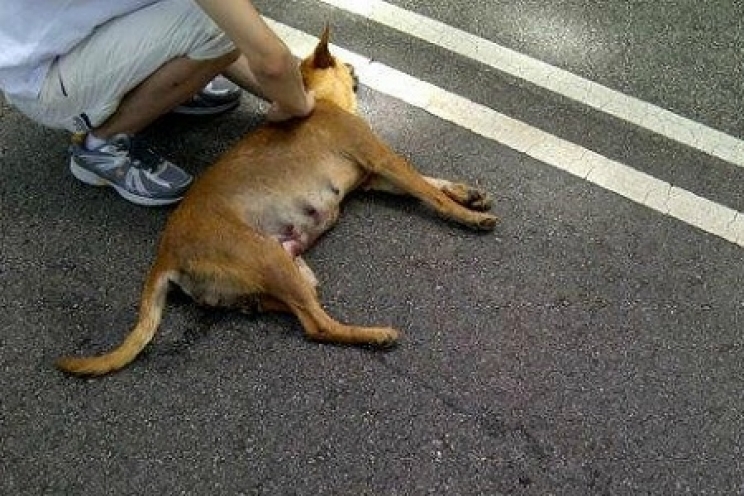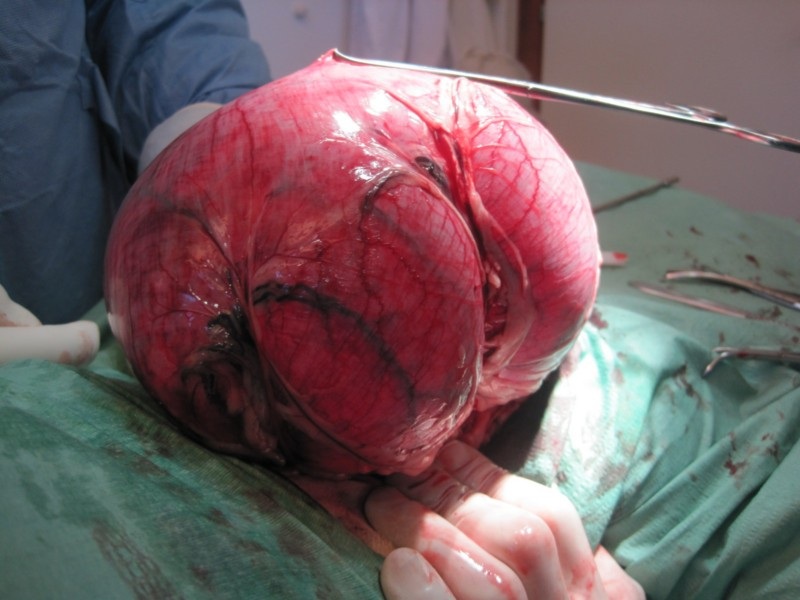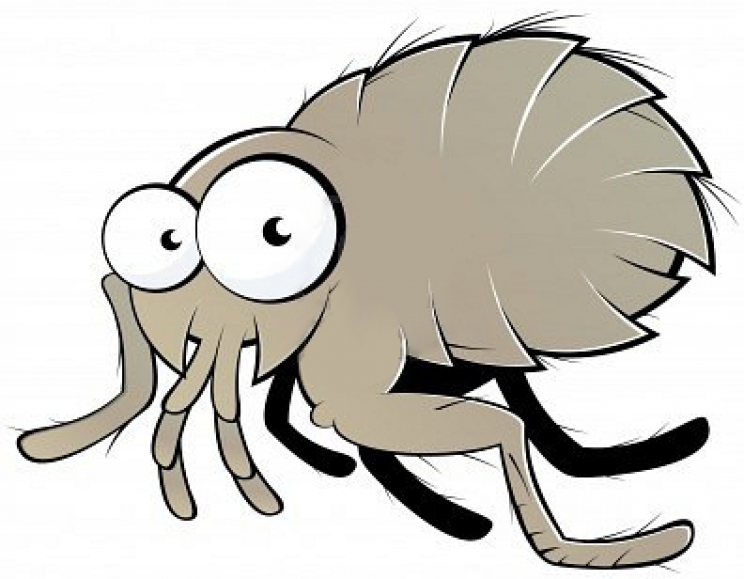In our articles, we often say that prevention is always the best option. Of course, by no means we should isolate animals from real life. However, we must be alert for any strange symptoms so we can act accordingly and on time.
Feline papillomavirus is a perfect example of a disease that is not particularly serious. Therefore, we have the time to identify it and act on it. If we do not act, it might degenerate in something way worse.
What is it?
The papillomavirus is a rather contagious DNA virus, which however only affects members of a single species: concisely, the cat virus does not affect humans, just as that of man (or, better, of woman) does not affect cats. There are doubts that the bovine version can affect cats, but it is so difficult for a cat to come into contact with a cow, especially in urban areas, that we overlook this possibility.
The most frequent route of transmission, of course, is from cat to cat. The virus affects the skin, although it can sometimes lodge itself in the mouth, and fighting cats clearly pass it easily to their enemies when biting.
As a virus, it is not particularly aggressive, because usually the lesions it causes appear when the cat is affected by debilitating diseases on their own, such as FIV.
What does it do?
The action of the virus is to infect the skin cells and it does so by causing them to multiply and grow. The result is very similar to a tumour, but in fact, it is not, at least at the beginning, because the cell does not begin to multiply on its own, as it happens in a neoplasm, but the virus pushes the multiplication. However, it might happen that an untreated papilloma lesion can become a real neoplasm.
Owners can notice a small swelling. Nothing strange so far, it could simply be an insect bite. If it doesn't grow it could be a small skin malformation, nothing to worry about.
If we notice, however, that the swelling grows as if it were a small tree, with a "trunk" at the base and a crown at the top, it is advisable to consult a veterinarian. It grows slowly, so there is no need to take the cat to the clinic at four in the morning, but let's get prepared to bring it in as soon as possible (within 2/3 days).
Unfortunately, the only way to ascertain what the lesion is, is by histology. The vet will cut a piece of swelling from the skin, treat it and examine it under a microscope. It will take about a week to receive definitive answers. If it is papilloma, at this point, we have various possibilities.
How do we treat it?
Although the swelling does not create pain for the cat, at most a little discomfort, it must be removed both because it can become a neoplasm, as we said before, and because it can bleed and, in short, cause even intense pain to the cat.
There are various possibilities for therapy. You can try drugs, such as interferon which limits cell multiplication and thus prevents growth. You can try surgery; put the cat to sleep and remove the growth with a scalpel. In this case, we are particularly sure that the problem will reoccur after a while because the virus remains (it cannot be eliminated). The area will be stressed by the surgery so it is a favourable environment for the development of the virus.
Other alternatives are laser therapy and cryosurgery, i.e. cutting the infected part after having frozen it, so that everything is less irritating to the body and the situation does not reoccur (or at least it does it less frequently). However, it must be taken into account that these therapies are quite expensive and require several sessions.
Concisely, we have many options, and even if there were relapses, it is possible to intervene again and guarantee a normal life to the cat, given that there are no particular problems related to this disease.
The biggest mistake we can do is to let it grow without any specialized intervention by your vet. It can bring severe discomfort to the cat and turn into a neoplasm. It can open the way to far more infectious diseases.




















